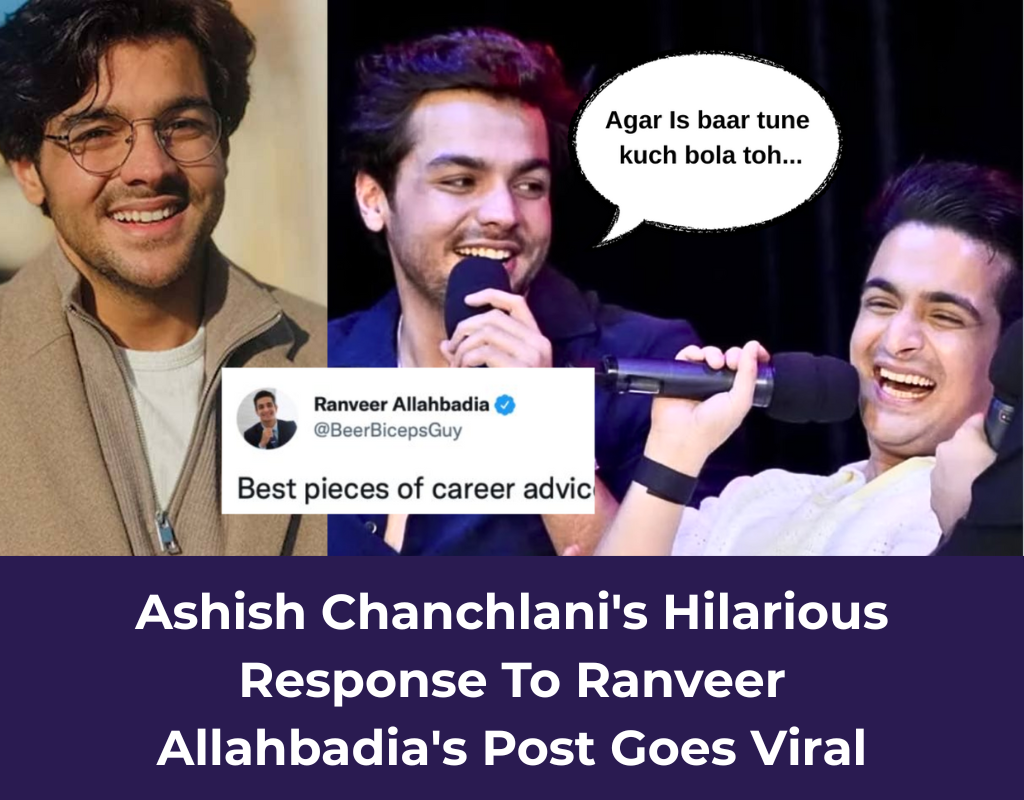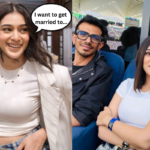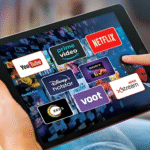Now Reading: 6 Best Free AI Tools to Create Studio Ghibli-Style Art That Looks Straight Out of a Movie
-
01
6 Best Free AI Tools to Create Studio Ghibli-Style Art That Looks Straight Out of a Movie
6 Best Free AI Tools to Create Studio Ghibli-Style Art That Looks Straight Out of a Movie
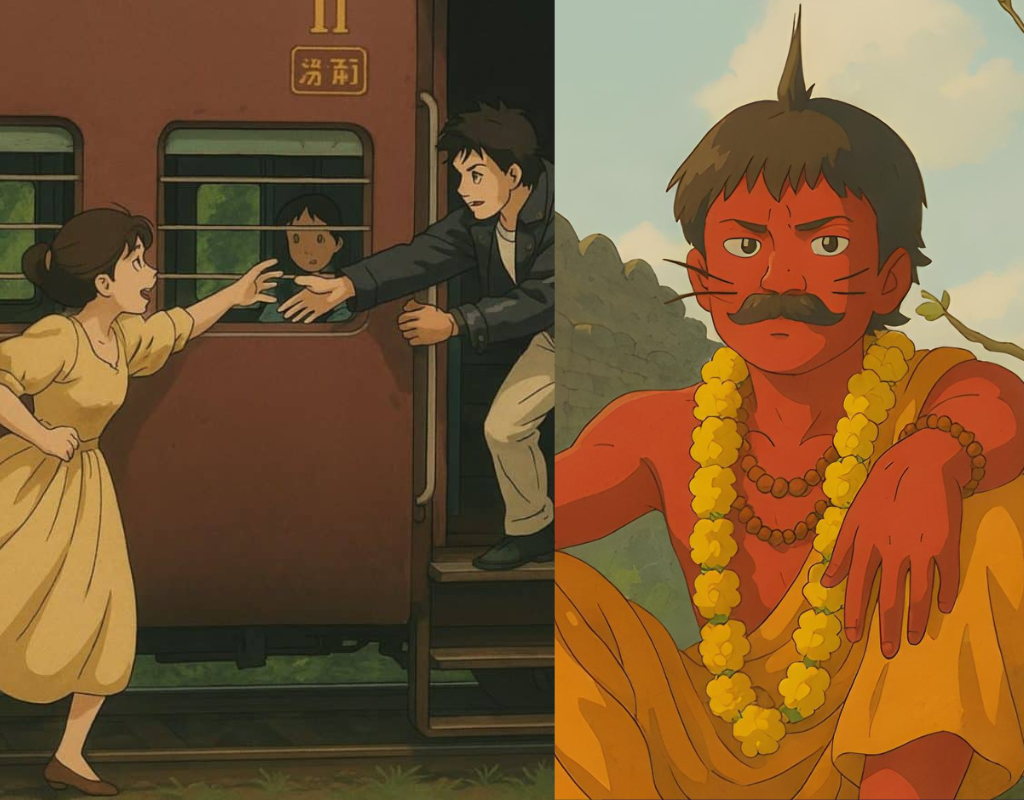
Studio Ghibli films feel almost like magic. The soft leaves in My Neighbor Totoro, the glowing spirits in Spirited Away, and the huge forests in Princess Mononoke don’t just look animated—they seem alive. Artists have spent years using brushes or tablets to try to recreate that magic training for a long time to reach that level of skill. But things are changing now. AI has opened a new door letting regular people—not just experts—step into the dreamy world of Ghibli.

Artificial intelligence is letting people make art in the Ghibli style these days. The coolest thing? You don’t need to be a skilled animator or master the tricky art of shading over many years. A few clicks and a bit of creativity are all you need to create the magical worlds and kind characters that used to exist in your imagination.
Why is Ghibli the focus? Why at this moment?
Studio Ghibli isn’t just about looking nice. It tells stories through its art. The pastel skies glowing lanterns, and hand-drawn grass bring out emotions like wonder, loss, hope, and the feeling of being a kid again. When AI started learning to copy this style, it felt different. It wasn’t just another fancy tech trick—it hit closer to home.
Artists, anime fans, and hobbyists everywhere saw it as a chance. Suddenly, creating something that looked like it came from a Ghibli movie felt possible. It was like being given the keys to a dream art studio and being told to paint what’s in your heart.
How Can AI Learn What Makes Ghibli Special?
AI doesn’t look at artwork like people do. It learns instead. Neural networks, which get their design from how our brains are structured, help train these tools through deep learning. By studying thousands of images like Ghibli film scenes, fan-made creations, and posters, the AI picks up on patterns such as soft lighting curvy rooftops, and warm earthy colors.
In time, it starts picking up more than just colors and shapes. It captures feelings. From the quiet sadness of a rainy day to the thrill of sprinting through a field with spirits, these tools can now recreate those emotions in brand-new pieces of art.
This isn’t about copying ideas. The most effective AI tools let you take charge. You dream up the vision—something like “a girl riding a bicycle through a glowing, moss-covered tunnel, Ghibli-style”—and the AI transforms those words into artwork. Sometimes, the results will leave you amazed. Other times, they might feel a bit odd but in a delightful way. That unpredictability is part of the excitement.

Let’s Discover Some of the Best Free AI Tools to Create Ghibli-Style Art
If you are an artist seeking ideas or a student diving into digital creations, these tools can bring some of that magical Studio Ghibli vibe to life:
1. Grok: A Text-to-Art Masterpiece Maker
Created by xAI, Elon Musk’s tech team, Grok is not just intelligent—it’s also creative. Connected to X, which people used to know as Twitter, Grok takes written prompts and transforms them into visuals that feel straight out of Howl’s Moving Castle.
Write something along the lines of “A quiet mountain train stop under blooming cherry trees, Studio Ghibli vibes” and Grok gives back several variations. One might show a misty scene, while another adds birds in flight. It feels like turning words into paintings.
Grok picks up on emotional hints well. If you ask for something to feel “nostalgic” or “mysterious,” it understands . Its ability to tap into emotions has made it popular with digital creatives and storytellers.
2. Prisma: Turn Your World Into a Ghibli-Inspired Painting
Prisma has been around for years letting people turn simple photos into artwork inspired by painters like Picasso or Van Gogh. , it added filters that capture Ghibli’s signature look, with soft outlines dreamy lighting effects, and textures that feel hand-painted.
Take a snapshot of a park or a quiet street, and Prisma can transform it into something straight out of a magical animated film. It thrives with nature scenes like forests, ponds, and flowers converting them into charming storybook images.
Prisma works even without an internet connection. You can use it during train trips, vacations, or those random creative moments late at night when Wi-Fi refuses to cooperate.
3. Deep Dream Generator: Artistic and Dreamlike
Google’s research labs created this tool, and you can tell. Deep Dream Generator takes neural style transfer to merge your photos with the vibe of a Ghibli movie. Imagine combining your picture with a Ghibli scene to form something unique and a little surreal.
Wish your selfie looked like a Miyazaki masterpiece? You can upload your photo, pick a beautiful Ghibli-style background, and let the AI work its magic. You also get to decide how much of your original photo stays visible.
4. LunaPic: Straightforward Art, No Downloads Needed
LunaPic keeps things easy. You don’t need to sign up or install anything. Just open your browser and get started. While it might not pack the most advanced AI tools, it offers filters and effects to give your images a subtle Ghibli-inspired vibe.
You can tweak brightness, change color tones, or even throw in sparkles and textures. Want your picture to feel like it belongs in Kiki’s Delivery Service? Try out some filters and add cozy lighting. LunaPic makes it simple to explore and experiment with your photos.
5. PhotoFunia: The Fantasy Creator
This tool works a little . PhotoFunia focuses on making lifelike photo montages that you can later run through other AI tools to create a Ghibli-inspired vibe. It works great to create fantasy scenes—like a portrait in a magical forest or someone peeking out of a mystical window.
Combine it with apps such as Prisma or Deep Dream afterward. You’ll have an amazing base to turn your photo into something straight out of Ghibli’s world.
6. Flux: Where Words Turn into Wonders
Flux stands out as the most advanced option. Its strongest feature lies in how well it handles detailed prompts. If you paint a scene with words—“A small boy resting beneath a glowing spirit tree surrounded by fireflies swirling around him at dusk, done in a Ghibli style”—Flux will amaze you with how it captures the essence.
It excels at creating character illustrations when you’re aiming for those gentle expressions and nuanced designs often seen in Ghibli films.
Tips to Bring That ‘Ghibli’ Magic into Your Art
The best tools still need some direction. To create AI-generated art that feels straight out of a Studio Ghibli movie, try keeping these ideas in mind:
- Color Shows Feelings: Ghibli brings feelings of warmth with colors like soft greens dusty browns pale pinks, and warm golden light. Write prompts with images like “glow of the sunset,” “shades of autumn,” or “light of early morning.”
- Tiny Things Count: Ghibli includes small details like moss on bricks or a single teacup on a wooden shelf. Add these small elements in your prompt. Even something simple like “an old house covered in ivy” adds charm.
- Believable Characters: Studio Ghibli characters feel real and relatable. They show emotions but stay relatable avoiding over-the-top anime expressions. If you’re describing a character, try something like “a girl wearing a plain blue dress with curious eyes and short hair standing out in a field.”
- Mood Matters Most: Using words like “calm,” “magical,” “isolated,” or “happy” can guide the AI to capture the right vibe. Ghibli focuses more on the emotion of the moment rather than flashy visuals.
What’s Ahead for AI and Art?
Artists used to fear that AI might take over their work. Instead, it has taken a different role by giving them more power. It now acts as a helpful partner offering ideas, completing unfinished work, and letting creators try new things without hesitation.
This is also an exciting time to explore for students casual creators, and animation enthusiasts. You no longer need advanced training or access to a big studio to bring a story to life. With AI tools, anyone can use their creativity to make something amazing.
Picture schools turning to these platforms to teach how to tell stories . Think of filmmakers sketching out their scenes with them. Imagine kids on a rainy day dreaming up woods filled with cheerful ghosts or lanterns that float. There’s no end to the ideas you could explore.
Adding a Human Touch in the Digital World
At the core, AI might be intelligent, but it’s the stories we tell that breathe life into art. It’s that moment you first saw Totoro and how it stuck with you. It’s that wish to step into a place where trees murmur and flying cats drive buses. The tools might assist, but the magic always starts with you.
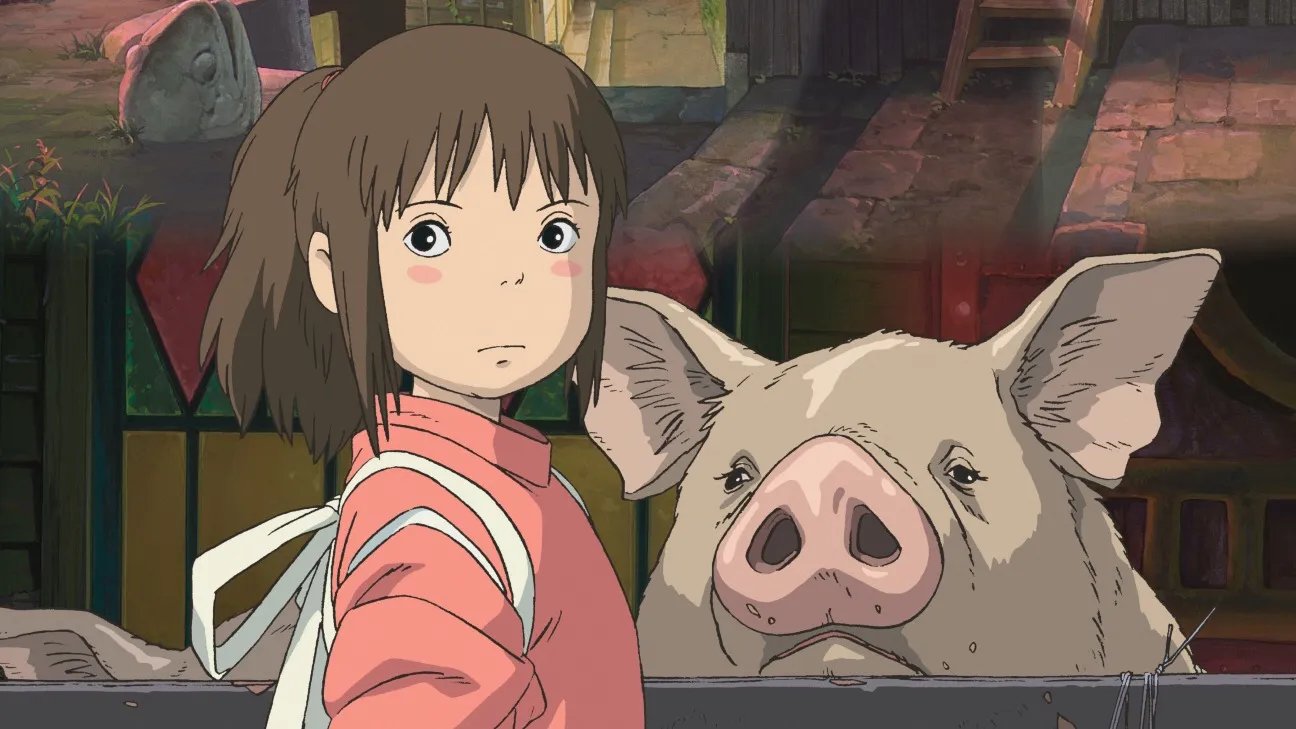
As technology advances, we aren’t leaving art behind. We’re spreading it molding it, and inviting more people to take part in it. And perhaps, someone who imagined making Ghibli-like wonders… might get their chance.





